How To Remove Coffee Stains From Your Carpets
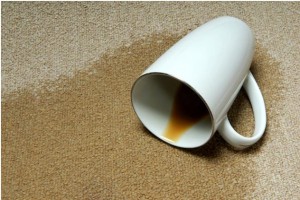
Coffee spills are not an uncommon thing, and yet it seems that no one know exactly how to clean them. It’s very important that you act fast, otherwise the stain will get set and it will be even more difficult to get rid of it. Here is a method for cleaning a coffee stain on a carpet.
You will need some white foam shaving cream, a mild soap or a bleach-free dish detergent; some baking soda and vinegar; clean water; a spray bottle; some cloths or paper towels.
1. Act as soon as you see the spill. If it’s still fresh and wet, blot it to absorb as much of it as possible.
2. Spray the area with clean water and blot again.
3. Blot until as much coffee is removed as possible.
4. If the stain is old and dry, or the above steps don’t work, continue.
5. Apply some of the detergent or mild soap on the stain and start rubbing it in the fibres with your fingers. Don’t push down on it, this way you will push it deeper in the carpet.
6. Spray with clean water and blot again.
7. If the stain still isn’t gone, apply some foamy shaving cream and rub gently with a cloth.
8. Blot to remove it.
9. Spray with clean water and blot again to rinse.
10. If there still is some of the stain left, mix some water and baking soda to the consistency of toothpaste.
11. Apply the mix on the stain and let it dry.
12. When it has dried, vacuum it and there shouldn’t be any of the stain left.
13. If there still is, however, mix one part white vinegar and two parts water, and apply it to the stain.
14. Blot repeatedly with a cloth.
15. Rinse by spraying with clean water and blotting.
16. When all of the stain is gone, put a few paper towels on the area, and then place some heavy items on top. This will help when drawing out the liquid.
17. After a few hours, remove the towels and leave it to air dry.
18. Vacuum to restore the former texture of the fibres.
There are cleaning products made especially for removing coffee stains – for example, “Coffee stain remover” by Masterblend, or ForceOut.
If you spill some coffee, but don’t really have any time to tend to it at the moment, cover it with salt, which will absorb the coffee and make the stain easier to remove later.
If you’re trying to clean an old stain, don’t forget to moisten it before you start.

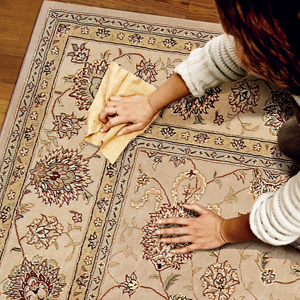
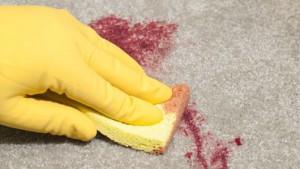 Blood stains are a bugger to remove from a carpet, because the haemoglobin in it binds easily with the carpet material.
Blood stains are a bugger to remove from a carpet, because the haemoglobin in it binds easily with the carpet material.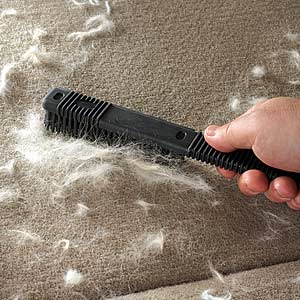 Having a pet with long fur may prove to be a nightmare,
Having a pet with long fur may prove to be a nightmare, 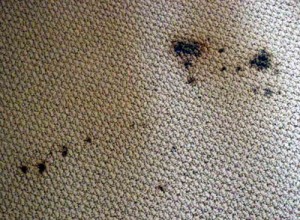
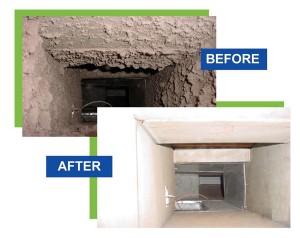
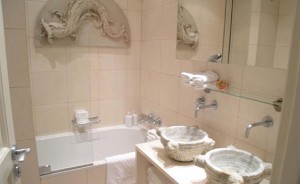
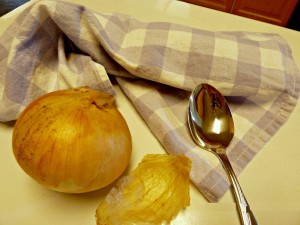
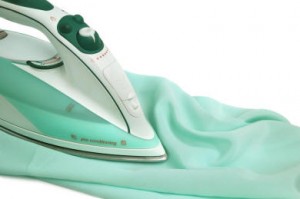
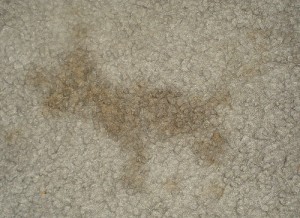 You probably know the agony of having
You probably know the agony of having